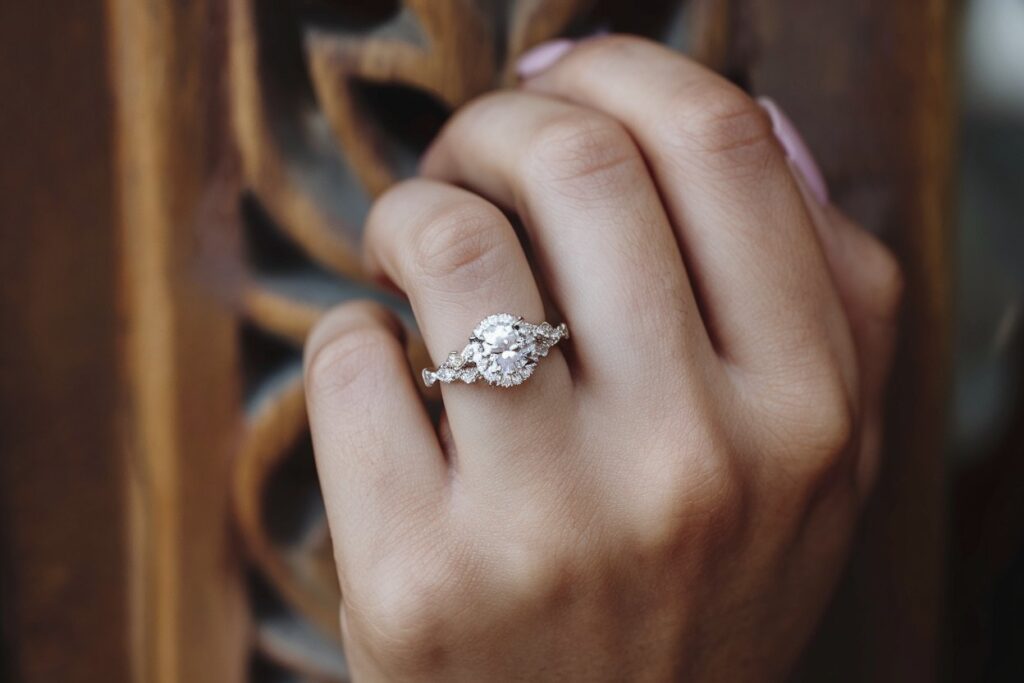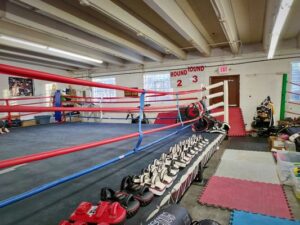When it comes to buying diamond rings, one of the biggest questions that comes up is: How much should I actually spend? While tradition, personal values, and financial situation all play a role, there’s no one-size-fits-all answer. What’s most important is understanding your priorities and what you’re truly getting for your money.
Let’s break down the factors that influence the cost of diamond rings and help you make a smart, meaningful investment.
The Origin of the “Two-Month Salary Rule”
You may have heard that you should spend two or even three months’ salary on a diamond ring. This “rule” was actually created by a marketing campaign in the mid-1900s and isn’t a financial guideline—it’s advertising.
So, Should You Follow It?
Not necessarily. While it may serve as a starting point for budgeting, it’s far more important to look at your personal financial comfort, not a marketing myth.
Key Factors That Affect the Price of Diamond Rings
To make a smart spending decision, it helps to understand what you’re paying for.
1. The 4Cs of Diamonds
The 4Cs—Cut, Color, Clarity, and Carat—play a significant role in pricing.
-
Cut: Impacts the sparkle. A well-cut diamond reflects light beautifully and often appears larger.
-
Color: Rated from D (colorless) to Z (light yellow). Colorless stones are more valuable.
-
Clarity: Refers to imperfections. Fewer flaws mean higher prices.
-
Carat: The weight and size of the diamond. Bigger isn’t always better—balance is key.
2. Ring Setting and Metal Choice
The setting and the metal (white gold, yellow gold, platinum, etc.) also affect the cost. Intricate settings with side stones or halos will cost more than a simple solitaire.
3. Brand and Certification
Well-known brands or designer rings carry a premium. Ensure the diamond is certified by reputable labs like GIA or IGI for authenticity.
Recommended Budget Guidelines
Here’s a more practical approach to budgeting for diamond rings:
💰 Budget Based on Your Income
A good starting point is to spend what feels comfortable within your means. Whether that’s $1,000 or $10,000, it should reflect your lifestyle and future financial goals.
🔍 Prioritize What Matters Most
If your partner values a larger stone, consider compromising on clarity or opting for a near-colorless diamond. If ethical sourcing is a priority, look into lab-grown or conflict-free options.
💎 Lab-Grown Diamonds: Affordable & Ethical
Lab-grown solitaire diamond ring can cost up to 30-40% less than natural ones and are visually identical. They’re perfect for couples who want brilliance without the hefty price tag.
Tips to Maximize Value
✅ Compare Prices
Shop around, both online and in-store. Online retailers often offer better deals due to lower overhead.
✅ Consider Customization
Sometimes a custom ring can be more cost-effective and personal than off-the-shelf luxury brands.
✅ Don’t Go into Debt
Love isn’t measured in carats. Avoid financing options that stretch your finances too thin. A meaningful ring doesn’t need to break the bank.
Conclusion
There’s no universal answer to how much you should spend on diamond rings—only what’s right for you. Focus on quality over quantity, personal values over social pressure, and love over labels.
Whether you’re spending $1,500 or $15,000, remember that a diamond ring is a symbol of commitment, not a price tag. Choose wisely, spend smartly, and enjoy the moment it represents.






